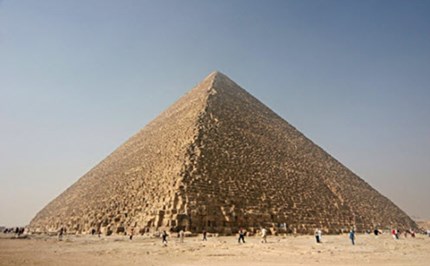Please note: This site contains links to websites not controlled by the Australian Government or ESA. More information here.
Pyramids
Students begin by becoming aware of the features of a pyramid, determining the perpendicular height using Pythagoras' theorem as well as calculating the area, perimeter, volume and capacity of pyramids. Students then work with circles calculating the radius and diameter of the shape.
Additional details |
|
| Year level(s) | Year 8 |
|---|---|
| Audience | Teacher |
| Purpose | Content knowledge, Evidence-based approaches, Student task, Teaching resource, Teaching strategies |
| Format | Downloadable resources |
| Teaching strategies and pedagogical approaches | Collaborative learning, Explicit teaching, Setting goals, Structuring lessons, Worked examples |
| Keywords | circumference, radius, diameter, area, height, perimeter, volume, capacity, perpendicular height, Pythogoras theorem |
Curriculum alignment |
|
| Curriculum connections | English, Numeracy |
| Strand and focus | Measurement, Space, Build understanding, Apply understanding |
| Topics | Angles and geometric reasoning |
| AC: Mathematics (V9.0) content descriptions |
AC9M8M06
Use Pythagoras' theorem to solve problems involving the side lengths of right-angled triangles |
| Numeracy progression |
Understanding units of measurement (P10)
Understanding geometric properties (P6) Multiplicative strategies (P9) |
Copyright details |
|
| Organisation | Inquiry Maths |
| Copyright | © Andrew Blair 2012-21. Creative Commons BY-NC-SA 4.0. |
Related resources
-
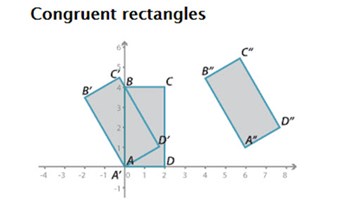
Congruence
Define congruence of plane shapes using transformation. Congruence testing for triangles. Looking at the properties of quadrilaterals using triangles and angle properties, and solve numerical problems using reasoning.
Resource details -
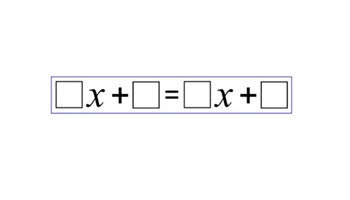
Equal expressions
An exploration of linear equations that involves inductive and dedutive reasoning.
Resource details -
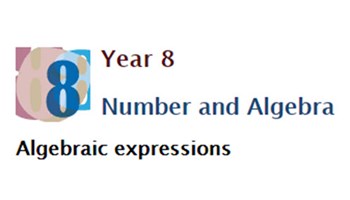
Algebraic expressions
Extend and apply the distributive law to the expansion of algebraic expression. Factorise algebraic expression by identifying numerical factor. Simplifying algebraic expression involving the four operations.
Resource details -
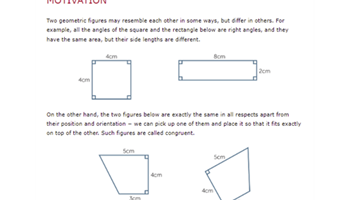
Congruence of plane figures
This resource explains the meaning of congruence and demonstrates the various proofs for triangles to be congruent.
Resource details
